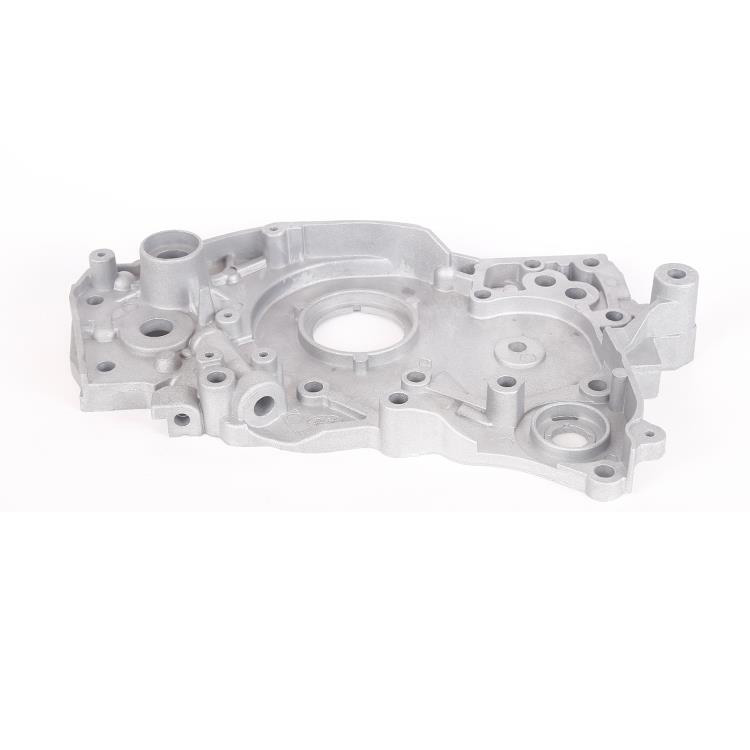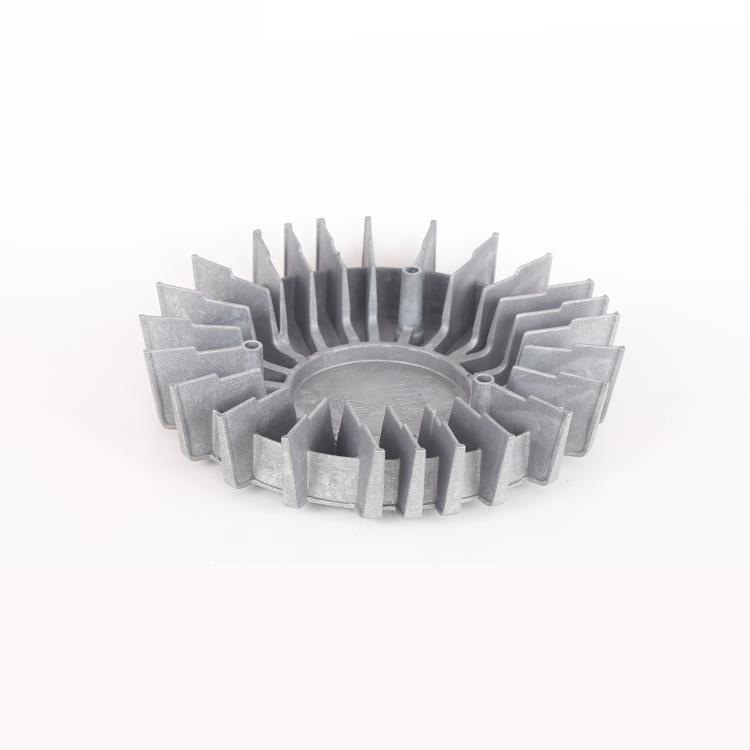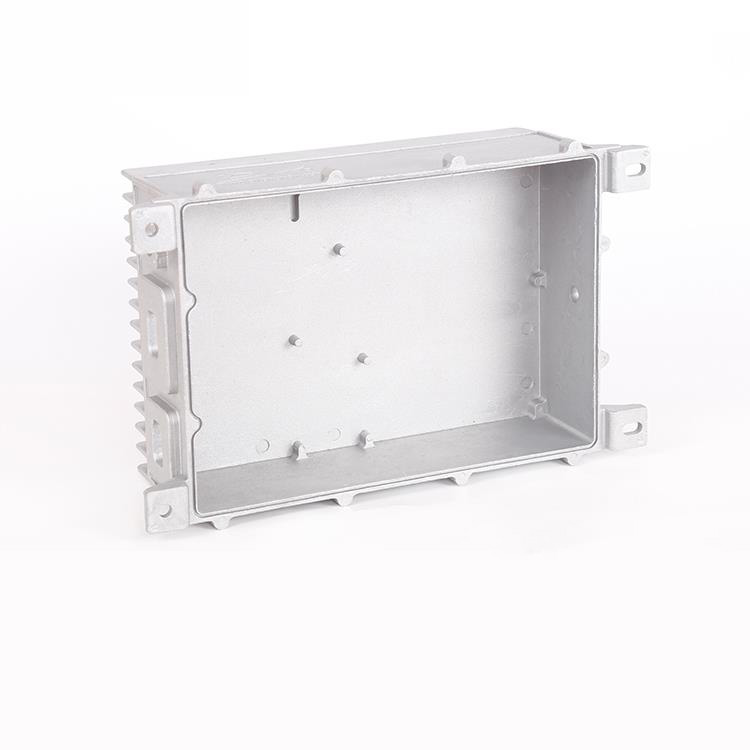
Characteristics, classification and application of zinc alloys
Zinc alloy is an alloy composed of other elements based on zinc. The alloying elements that are often added are aluminum, copper, magnesium, cadmium, lead, and titanium. Zinc alloy has low melting point, good fluidity, easy fusion welding, brazing and plastic processing, corrosion resistance in the atmosphere, easy recycling and remelting of residual waste, but low creep strength, prone to dimensional changes caused by natural aging. Prepared by melting, die casting or pressure processing.



Zinc alloy features
1. Relatively large.
2. Good casting performance, it can die-cast precision parts with complex shapes and thin walls, and the surface of the castings is smooth.
3. Surface treatment is available: electroplating, spraying, painting, polishing, grinding, etc.
4. It does not absorb iron during melting and die-casting, does not corrode the molding, and does not stick to the mold.
5. It has good mechanical properties and wear resistance at room temperature.
6. Low melting point, melting at 385℃, easy to die-cast.
Types of Zinc Alloys
The traditional die-casting zinc alloys are No. 2, 3, 4, 5, and 7 alloys, and the most widely used is No. 3 zinc alloy. In the 1970s, high-aluminum zinc-based alloys ZA-8, ZA-12, and ZA-27 were developed.
Zamak 3: Good flow and mechanical properties.
It is used in castings that do not require high mechanical strength, such as toys, lamps, decorations, and some electrical devices.
Zamak 5: Good flow and good mechanical properties.
It is used in castings that have certain requirements on mechanical strength, such as auto parts, electromechanical parts, mechanical parts, and electrical components.
Zamak 2: Used for mechanical parts that have special requirements for mechanical properties, high hardness, good wear resistance and general dimensional accuracy.
ZA8: Good impact strength and dimensional stability, but poor flow.
It is used for workpieces with small size, high precision and mechanical strength, such as electrical components.
Superloy: The best fluidity, suitable for die-casting thin-walled, large-sized, high-precision, complex-shaped workpieces, such as electrical components and their boxes.
Different zinc alloys have different physical and mechanical properties, which provide options for die casting design.
Zinc alloys can be divided into cast zinc alloys and deformed zinc alloys according to the manufacturing process. The output of cast alloys is much greater than that of wrought alloys.
Cast zinc alloys are divided into pressure cast zinc alloys (solidified under the action of external pressure) and gravity cast zinc alloys (solidified only under the action of gravity) according to different casting methods.
Die Casting Zinc Alloys: Since the application of this alloy in the automobile industry in 1940, the production has increased sharply, and about 25% of the total consumption of zinc is used to produce this alloy. Advanced and applicable technologies are constantly being adopted and developing rapidly. The most commonly used alloy system is Zn-Al-Cu-Mg system. Certain impurities significantly affect the properties of die-cast zinc alloys. Therefore, the content of iron, lead, cadmium, tin and other impurities is strictly limited, and the upper limits are 0.005%, 0.004%, 0.003%, and 0.02%, respectively. Therefore, high-purity zinc with a purity of more than 99.99% should be used as raw material for die-casting zinc alloy.
Gravity Cast Zinc Alloys: Can be cast in sand, plaster or hard molds. This zinc alloy not only has the characteristics of general die-casting zinc alloy, but also has high strength, good casting performance, cooling rate has no obvious effect on mechanical properties, recyclable residue and scrap, simple gate, insensitive to overheating and remelting, shrinkage The rate is small, the pores are few, it can be electroplated, and it can be finished by conventional methods.
What are the applications of zinc alloys?
From the current market operation of galvanized alloy technology, mature zinc alloy technology includes zinc-nickel alloy, zinc-iron alloy, zinc-cobalt alloy and zinc-titanium alloy. The zinc-nickel alloy containing about 10% nickel is an ideal coating to replace the highly toxic cadmium plating. Widely used in anti-corrosion coatings for automobiles and outdoor facilities in coastal areas. Its corrosion resistance is better than or equal to that of cadmium plating. It is of great significance for improving the environment and maintaining the physical and mental health of operators. A zinc-iron alloy with an iron content of 0.3% to 0.6%. Its corrosion resistance is obviously better than that of zinc coating, and it is easy to be passivated and used as a general protective coating. Zinc-iron alloys with high iron content (7% to 25% iron) are mainly used in the electrophoretic coating bottom layer of automobile steel sheets. Zinc-cobalt alloys containing less than 1% cobalt have good corrosion resistance. When the cobalt content is further increased, the magnitude of the improvement in corrosion resistance is small. In terms of cost, due to the low cobalt content, it is generally controlled within the range of 0.6% to 1%.